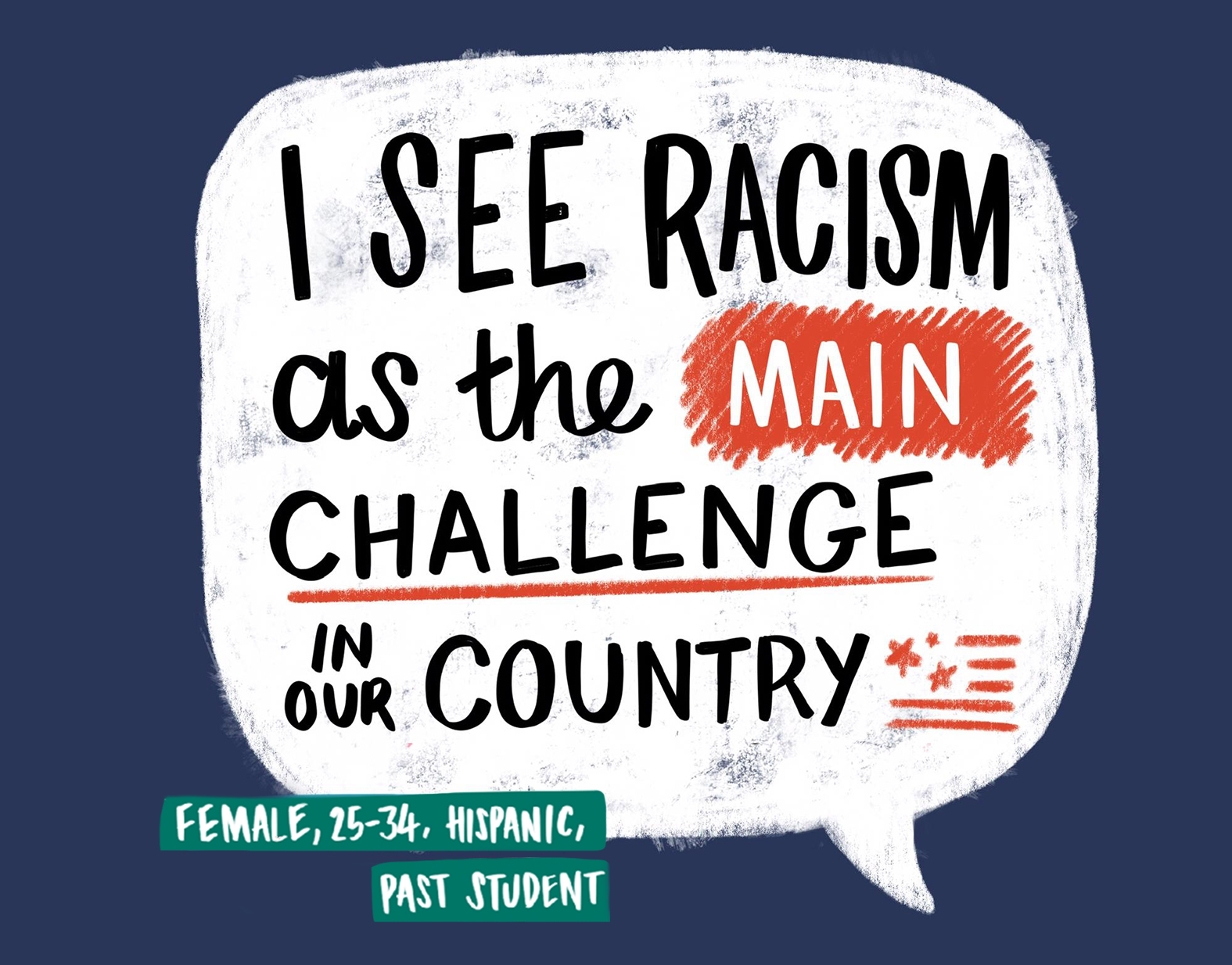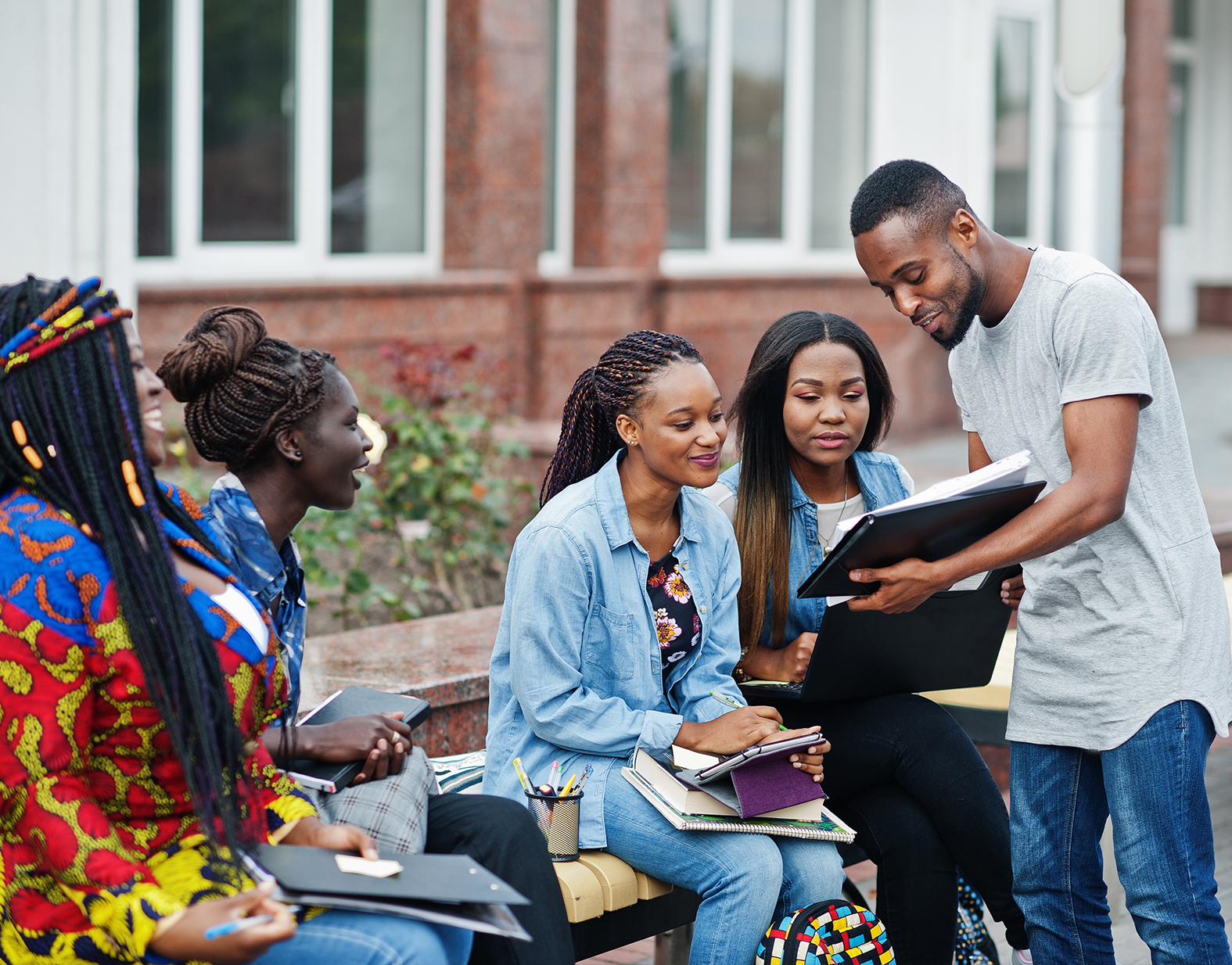Understanding barriers to higher education


Our client, a non-profit, seeks to facilitate change in access to education and education outcomes in America, with a particular focus on improving opportunities for minority communities.
To achieve this, our client and its partners held consultations with experts from education, government and private sector organisations. It was important to ensure the voice of students and prospective students was present in these discussions, therefore AudienceNet was commissioned to conduct research among the target beneficiaries (i.e. Black, Latinx and low-income students) to be presented during these sessions.

AudienceNet successfully conducted two stages of research, the findings of which were presented across two workshops and helped to frame discussions.
A set of visualised call-out cards were produced to ensure the findings were impactful, easily digestible and could be effortlessy disseminated by our clients throughout their organisations. The findings will be used to help inform their approaches, strategies and policies towards making education more equitable.
Our method
We used both quantitative and qualitative data collection methodologies to obtain macro-level insights as well as to facilitate more in-depth conversations with target beneficiaries.Stage one
- The first stage consisted of a 10-minute online survey among a large sample of predominately Black and Latinx low income students/student aged individuals.
- A small sample of Indigenous/First Nations participants was also included.
- Quotas were set to reflect the U.S. census in terms of income and geographic distribution.
- Audience segments were then identified in relation to experience of and attitudes towards higher education.
Stage two
- We then conducted two follow up Online Communities among a selection of participants from the initial survey who were representative of each of the segments identified.
- The findings from the first community were presented in the first client/stakeholder workshop.
- The topics covered in this workshop informed the topics for discussion in the second online community.
- Findings from the second Community were presented in the second workshop


